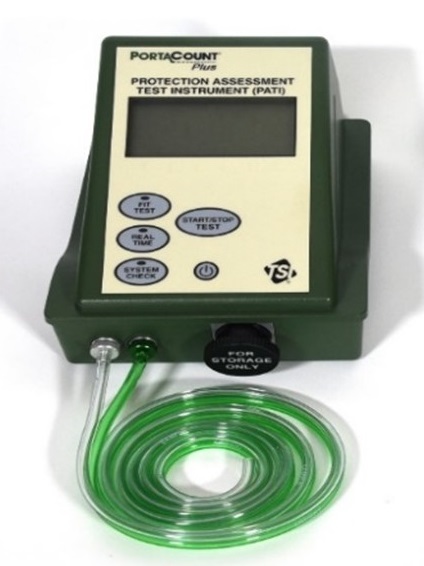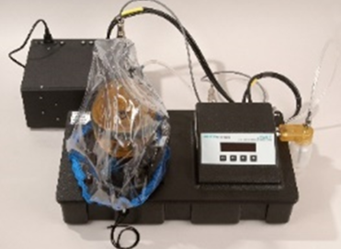BLUF: Fitting the JSGPM is important to ensure it works when needed. Here are some tips.
 Photo by Spc. Pierre Osias
Photo by Spc. Pierre Osias
For most Warfighters, the M50/M51 joint service general purpose mask (JSGPM) fits and seals just fine. But for 4 percent, it doesn’t.
For these 4 percent, there’s a hard-to-fit model, the M53A1 variant.
 M53A1 Mask
M53A1 Mask
To ensure proper fit of either the M50/M51 or M53A1, CBRN specialists use the M41A1 protection assessment test system (PATS) or the M46 joint service mask leakage tester (JSMLT). If the M50/51 doesn’t fit properly, try the M53A1. If M53A1 fits, then turn in the M50/M51 JSGPM if already issued.
 Protection assessment test system (PATS)
Protection assessment test system (PATS)
 Joint service mask leakage tester (JSMLT)
Joint service mask leakage tester (JSMLT)
In the very rare case a Warfighter can’t be fitted for a mask (any version or variant), units will follow appropriate regulations and standard operating procedures.
Fitting Tips for the Standard Issue JSGPM
For the 96 percent of Warfighters assigned the M50/M51 JSGPM, performing PMCS is essential to ensuring the mask fits properly. Use the instructions in TM 3-4240-542-13&P (May 08). In other words, even the standard-issue JSGPM won’t quite fit unless the TM’s procedures are followed. A copy of the TM is on the LDAC ETM site
HERE. You’ll need your CAC for access.
If a Warfighter is still having challenges fitting into a mask, remember these tips:
- Always use the M41A1 PATS or M46 JSMLT to test a mask’s fit.
- If a small mask is too big to create a good seal, readjust and tighten the head harness, then test with PATS again. Sometimes that’s enough for a good fit. If the mask still flunks the test, make sure the mask’s head harness snaps back when it’s stretched. Replace it if necessary.
Still having problems fitting a mask? A new TB is in final draft that offers additional fitting solutions. It will be published in the coming few months (we’ll update you when it’s available).
Warfighters should always turn to their unit CBRN NCO with any questions or concerns they might have about the proper fit and care of their mask.